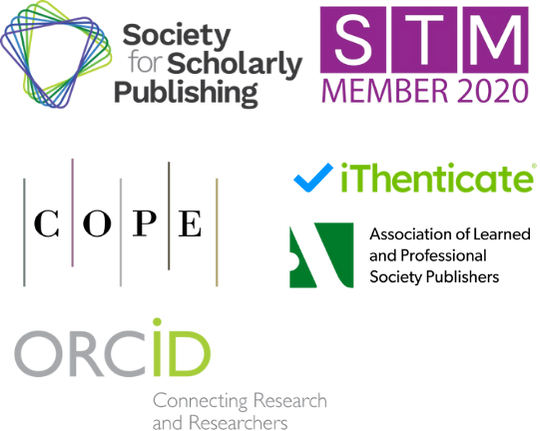Application and Benefit Analysis of Multimodal Transport in Pulp Logistics
DOI:
https://doi.org/10.71222/2hcxex46Keywords:
multimodal transport, pulp logistics, supply chain efficiency, sustainability, digital technologiesAbstract
The global pulp industry depends on efficient and resilient logistics systems to ensure the timely delivery of bulk materials across international markets. Traditional single-mode transport approaches, while widely used, face limitations in cost, time, and environmental sustainability. In response, multimodal transport—integrating road, rail, maritime, and occasionally air freight—has emerged as a strategic solution that enhances efficiency while reducing risks and emissions. This review examines the application of multimodal transport in pulp logistics, outlining its operational structures, regulatory frameworks, and supporting technologies. Case studies highlight successful implementations and optimization strategies, while comparative analyses demonstrate clear advantages in cost reduction, delivery reliability, and carbon footprint mitigation. At the same time, challenges such as operational risks, coordination gaps, and policy complexities underscore the need for better digital integration and regulatory harmonization. The paper further explores emerging trends, including the use of AI, blockchain, IoT, and green logistics strategies, offering strategic recommendations for pulp producers, logistics providers, and policymakers. Overall, multimodal transport not only addresses the pressing inefficiencies of traditional logistics but also positions the pulp industry to align with future demands for digitalization and sustainability.
References
1. S. Nuottamo, "Pulp logistics: current practices, challenges, and development," 2025.
2. M. Shen, Z. Zhao, H. Wang, X. Wang, Z. Jiang, K. Yang, et al., "Round-trip multimodal transportation routes planning for foldable vehicle racks," Marit. Policy Manag., pp. 1-25, 2024, doi: 10.1080/03088839.2024.2385847.
3. C. Kogler, "Innovative transport simulation for sustainable and resilient wood logistics," Simul. Notes Eur., vol. 34, no. 2, pp. 51-60, 2024.
4. K. Väätäinen, P. Anttila, L. Eliasson, J. Enström, J. Laitila, R. Prinz, et al., "Roundwood and biomass logistics in Finland and Sweden," Croat. J. For. Eng., vol. 42, no. 1, pp. 39-61, 2021, doi: 10.5552/crojfe.2021.803.
5. R. Shoukat, Z. Xiaoqiang, "The green and economical supply of coated board with intermodal distribution: an implementation of novel evolutionary algorithm," Oper. Res., vol. 24, no. 2, p. 19, 2024, doi: 10.1007/s12351-024-00825-w.
6. T. Palander, L. Vesa, "Data-driven optimization of forestry and wood procurement toward carbon-neutral logistics of forest industry," Forests, vol. 13, no. 5, p. 759, 2022, doi: 10.3390/f13050759.
7. R. Shoukat, Z. Xiaoqiang, "Upstream logistics optimization from Shanghai, China to Kasur, Pakistan: an implementation of mixed-integer linear programming," Transp. Res. Rec., vol. 2678, no. 1, pp. 539-554, 2024, doi: 10.1177/03611981231171157.
8. E. Shurman, P. Lapkovskaya, "Development of international multimodal transportation in the direction of Belarus-China," 2021.
9. R. Shoukat, "Integrated supply chain plan under multiple distribution networks: an implementation of mixed integer linear programming," Circular Econ. Sustain., vol. 4, no. 4, pp. 2599-2623, 2024, doi: 10.1007/s43615-024-00404-3.
10. W. Wu, L. Fan, R. Zhang, Q. Ma, P. Jia, "River-Land Multi-Modal Bulk Cargo Transportation Problem with Containerization," SSRN 5087602.
Downloads
Published
Issue
Section
License
Copyright (c) 2025 Ronglin Wang (Author)

This work is licensed under a Creative Commons Attribution 4.0 International License.


